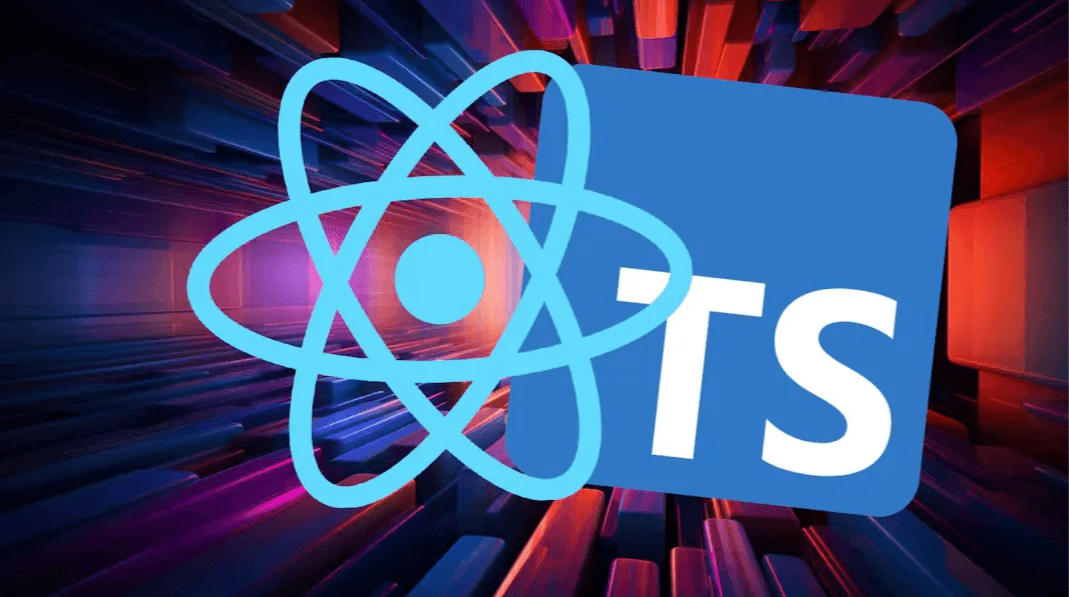Performance Optimization Techniques for React Apps
Learn essential techniques to optimize your React applications for better performance, faster load times, and improved user experience.

Performance Optimization Techniques for React Apps
React applications can sometimes suffer from performance issues as they grow in complexity. Let's explore proven techniques to optimize your React apps for better performance and user experience.
Understanding React Performance
Virtual DOM and Reconciliation
React's Virtual DOM is efficient, but unnecessary re-renders can still impact performance. Understanding when and why components re-render is crucial for optimization.
Performance Metrics to Monitor
- First Contentful Paint (FCP)
- Largest Contentful Paint (LCP)
- Time to Interactive (TTI)
- Cumulative Layout Shift (CLS)
Core Optimization Techniques
1. React.memo for Component Memoization
const ExpensiveComponent = React.memo(({ data }: { data: any[] }) => {
return (
<div>
{data.map(item => (
<ComplexItem key={item.id} item={item} />
))}
</div>
);
});
2. useMemo for Expensive Calculations
const Dashboard = ({ users }: { users: User[] }) => {
const expensiveValue = useMemo(() => {
return users.reduce((acc, user) => {
return acc + calculateUserScore(user);
}, 0);
}, [users]);
return <div>Total Score: {expensiveValue}</div>;
};
3. useCallback for Function Memoization
const TodoList = ({ todos }: { todos: Todo[] }) => {
const [filter, setFilter] = useState('all');
const handleToggle = useCallback((id: string) => {
// Toggle logic here
}, []);
const filteredTodos = useMemo(() => {
return todos.filter(todo => {
if (filter === 'completed') return todo.completed;
if (filter === 'active') return !todo.completed;
return true;
});
}, [todos, filter]);
return (
<div>
{filteredTodos.map(todo => (
<TodoItem
key={todo.id}
todo={todo}
onToggle={handleToggle}
/>
))}
</div>
);
};
Advanced Optimization Strategies
Code Splitting with React.lazy
import { lazy, Suspense } from 'react';
const LazyDashboard = lazy(() => import('./Dashboard'));
const LazyProfile = lazy(() => import('./Profile'));
function App() {
return (
<Router>
<Suspense fallback={<LoadingSpinner />}>
<Routes>
<Route path="/dashboard" element={<LazyDashboard />} />
<Route path="/profile" element={<LazyProfile />} />
</Routes>
</Suspense>
</Router>
);
}
Virtual Scrolling for Large Lists
import { FixedSizeList as List } from 'react-window';
const VirtualizedList = ({ items }: { items: any[] }) => {
const Row = ({ index, style }: { index: number; style: any }) => (
<div style={style}>
<ListItem item={items[index]} />
</div>
);
return (
<List
height={600}
itemCount={items.length}
itemSize={80}
width="100%"
>
{Row}
</List>
);
};
Image Optimization
const OptimizedImage = ({ src, alt, ...props }: ImageProps) => {
return (
<img
src={src}
alt={alt}
loading="lazy"
decoding="async"
{...props}
onLoad={() => {
// Image loaded successfully
}}
onError={() => {
// Handle image load error
}}
/>
);
};
Bundle Optimization
Tree Shaking
Ensure your bundler removes unused code:
// Instead of importing entire library
import _ from 'lodash';
// Import only what you need
import debounce from 'lodash/debounce';
Webpack Bundle Analyzer
npm install --save-dev webpack-bundle-analyzer
Dynamic Imports
const loadUtils = async () => {
const utils = await import('./utils');
return utils.processData(data);
};
State Management Optimization
Minimize State Updates
// Instead of multiple setState calls
const [loading, setLoading] = useState(false);
const [data, setData] = useState(null);
const [error, setError] = useState(null);
// Use a single state object
const [state, setState] = useState({
loading: false,
data: null,
error: null
});
Use React Context Wisely
// Split context by concern
const UserContext = createContext();
const ThemeContext = createContext();
// Instead of one large context
const AppContext = createContext();
Performance Monitoring
React DevTools Profiler
- Install React DevTools
- Use the Profiler tab
- Record performance during interactions
- Analyze component render times
Web Vitals
import { getCLS, getFID, getFCP, getLCP, getTTFB } from 'web-vitals';
getCLS(console.log);
getFID(console.log);
getFCP(console.log);
getLCP(console.log);
getTTFB(console.log);
Testing Performance
Lighthouse
Run Lighthouse audits regularly:
npm install -g lighthouse
lighthouse https://your-app.com --view
Performance Budget
Set performance budgets in your CI/CD pipeline to catch regressions early.
Conclusion
Performance optimization is an ongoing process. Focus on measuring first, then optimizing based on real data. The techniques covered here will help you build faster, more responsive React applications.
Remember:
- Measure before optimizing
- Focus on user-perceived performance
- Optimize the critical rendering path
- Use performance budgets
- Monitor performance continuously
By implementing these strategies systematically, you'll create React applications that provide excellent user experiences across all devices and network conditions.

Got a Project Idea?
Let's Make It Happen!
I'm available for full-time roles & freelance projects.
I thrive on crafting dynamic web applications, and delivering seamless user experiences.

